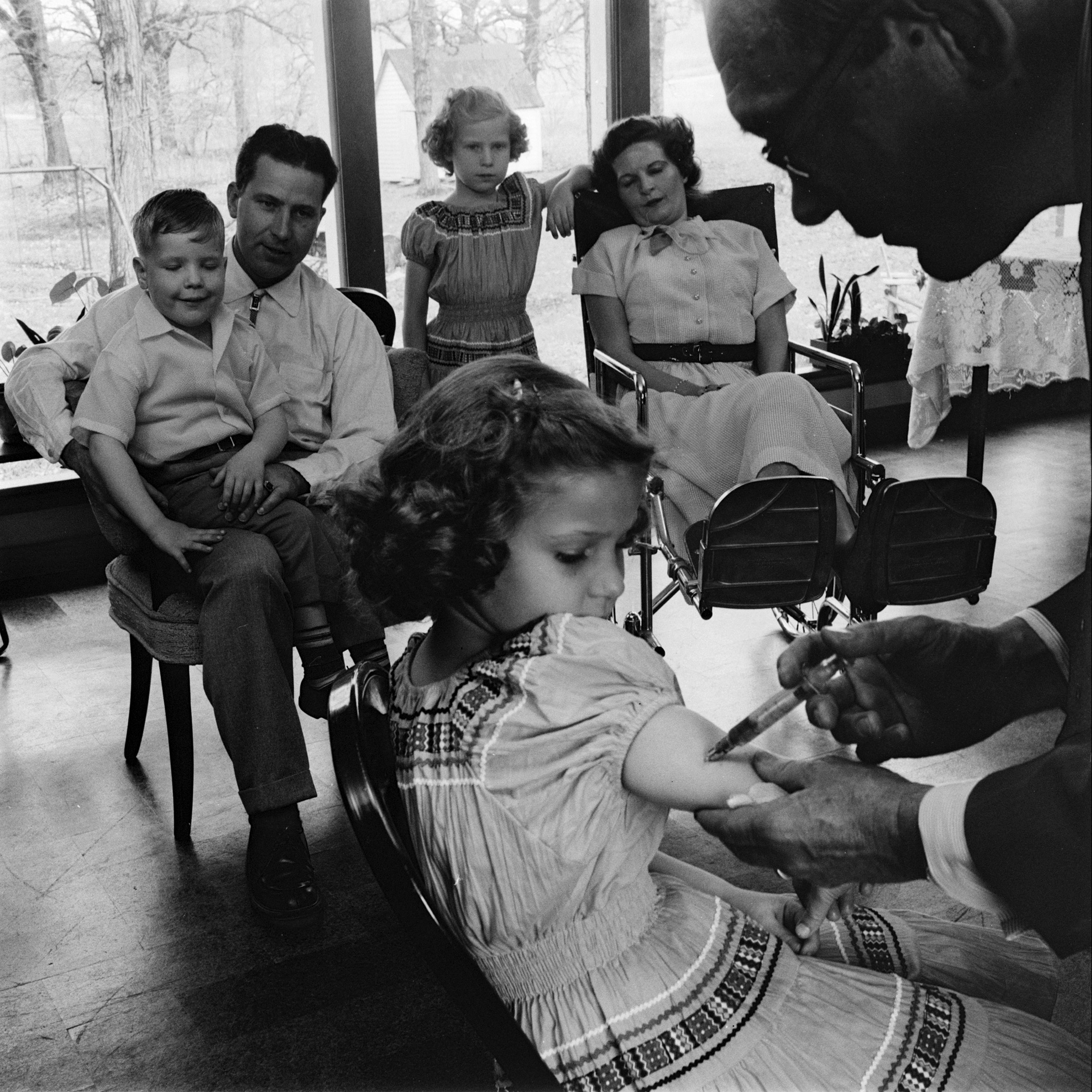
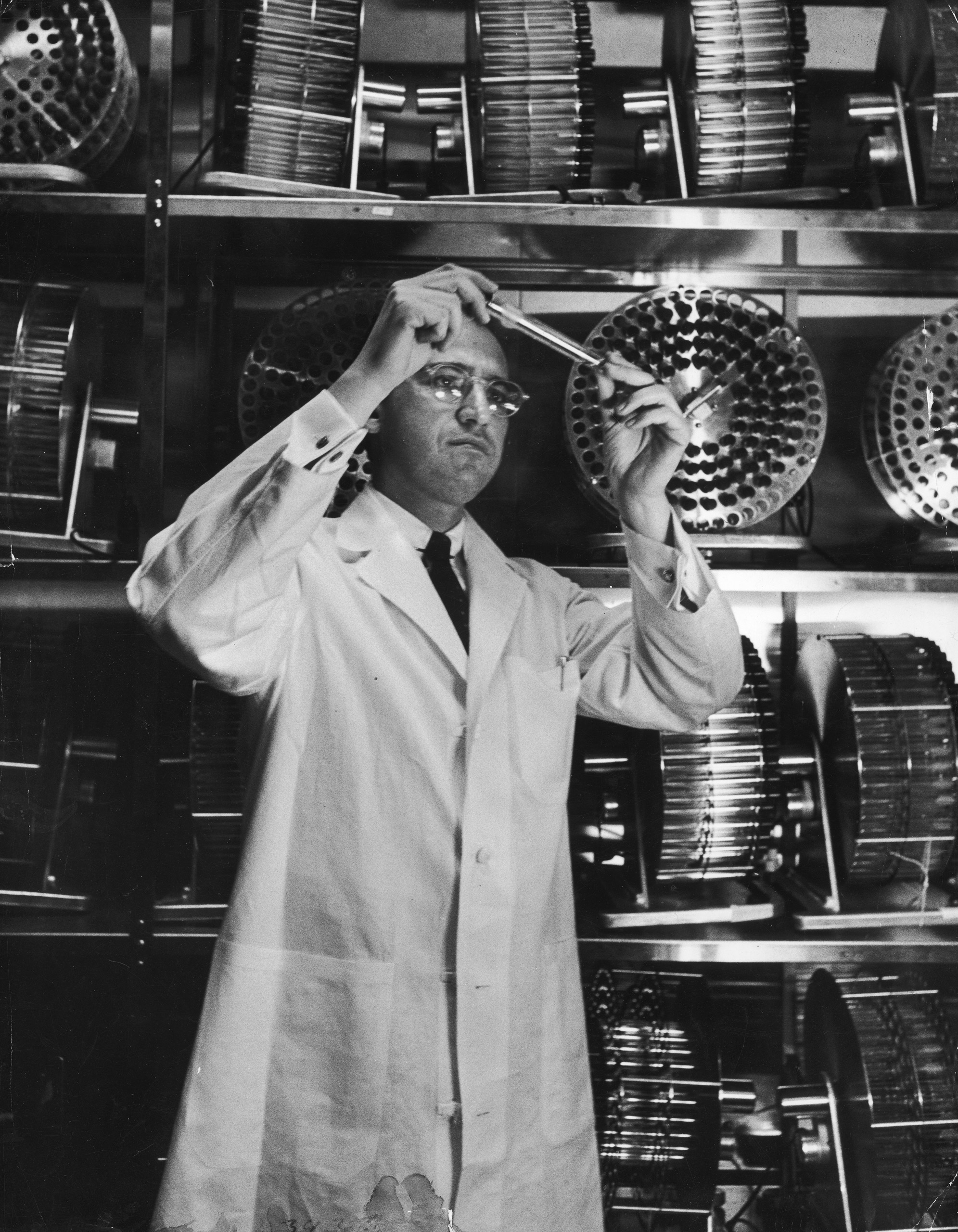
On April 26, 1954, children at the Franklin Sherman Elementary School in McLean, Virginia, held their breaths as needles penetrated the skin of their upper arms. They were the first of nearly two million volunteers in a three-month trial of epidemiologist Jonas Salk’s inactivated polio vaccine, which would be deemed safe for general use just shy of one year later.
The day before the trials were deemed a success, in April 1955, LIFE published a series of photos of a nation preparing for wide distribution of the vaccine it desperately hoped would be approved. The National Polio Foundation had 27 million vaccine shots ready for release, to be administered to all first- and second-grade students and children who had received a placebo during the 1954 trial. Pharmaceutical companies, too, had chosen not to wait for the announcement to begin their own frantic manufacturing process.
During the early 1950s, polio cases in the U.S. had surged to nearly 60,000, with around one third rendering victims paralyzed. Given parents’ heightened fear for their children’s health in recent years, it didn’t take long for Salk to be hailed a hero:
Tributes ranged down from a citation from the President and a proposal that he be given a special Congressional Medal of Honor to offers of farm equipment. Newspapers in several cities were raising Salk funds and a U.S. senator introduced a bill to give him an annual stipend of $10,000. Salk, 40, who lives on a University of Pittsburgh research professor’s salary and hopes to increase the effectiveness of his vaccine from 80% to 100%, said he would take no money for himself but indicated it would be used for further research.
In the years since the vaccine’s development, polio has been all but eradicated throughout most of the world, save for a few countries where vaccination is not universally available and prevention continues to be a struggle.
Liz Ronk, who edited this gallery, is the Photo Editor for LIFE.com. Follow her on Twitter at @LizabethRonk.
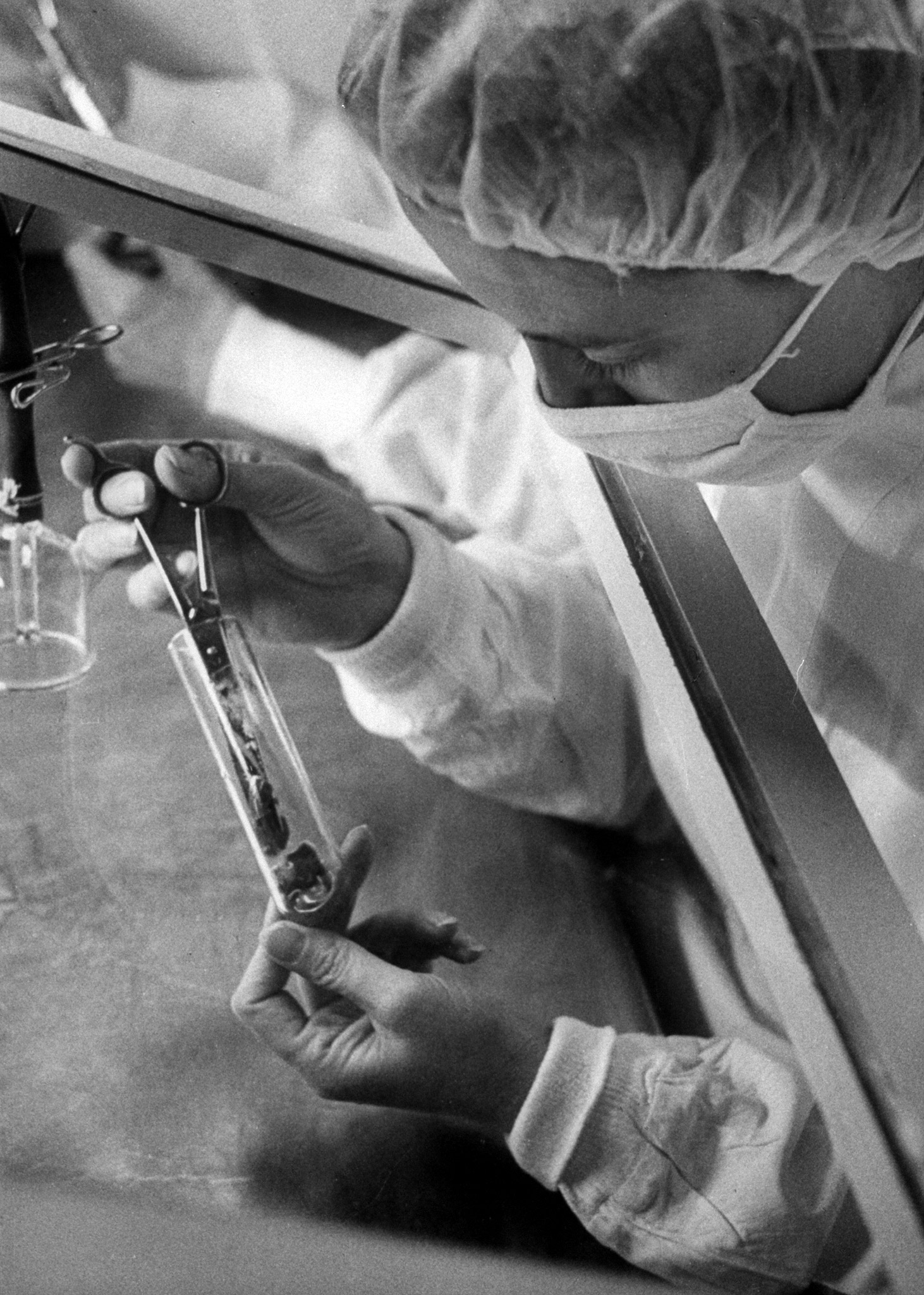

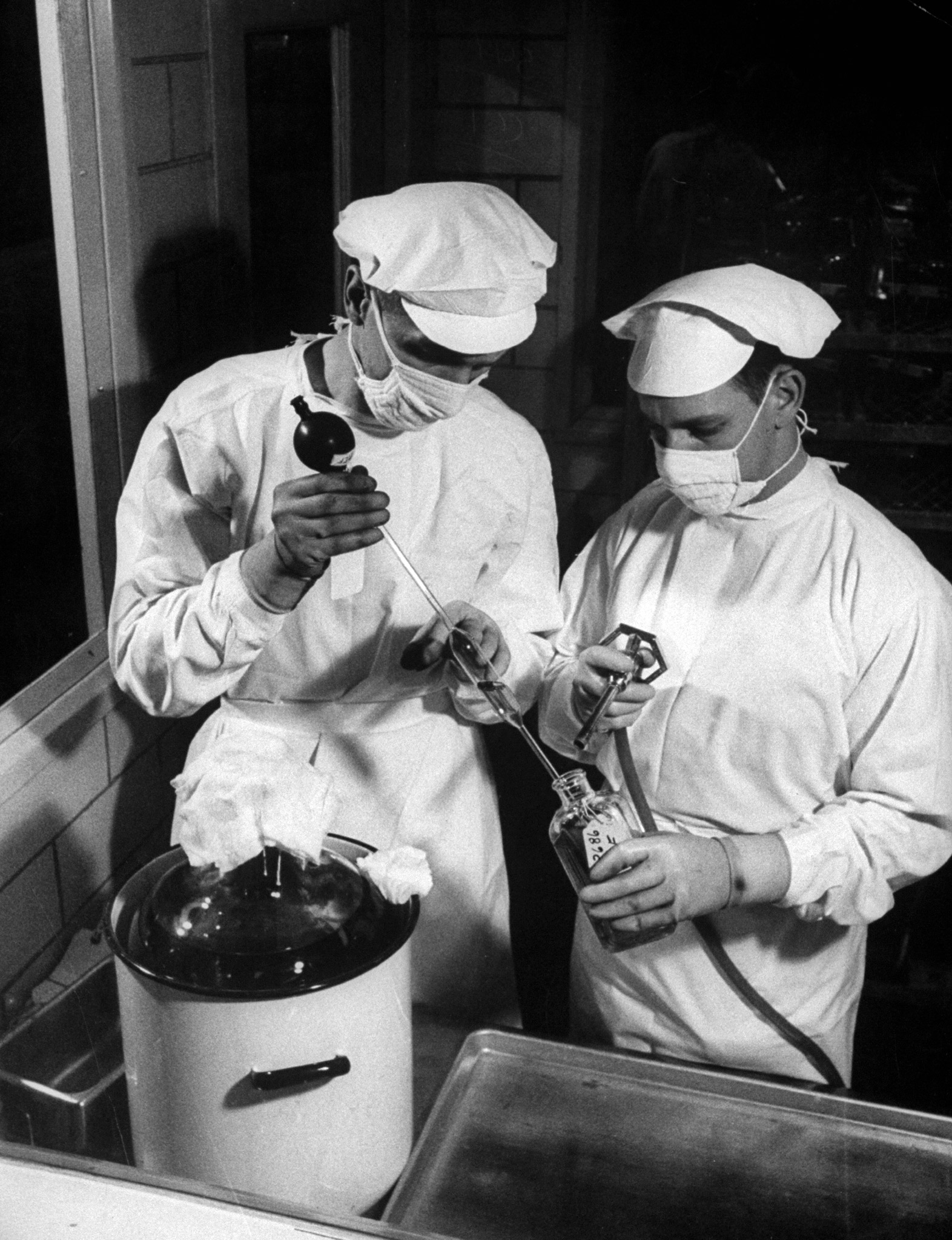
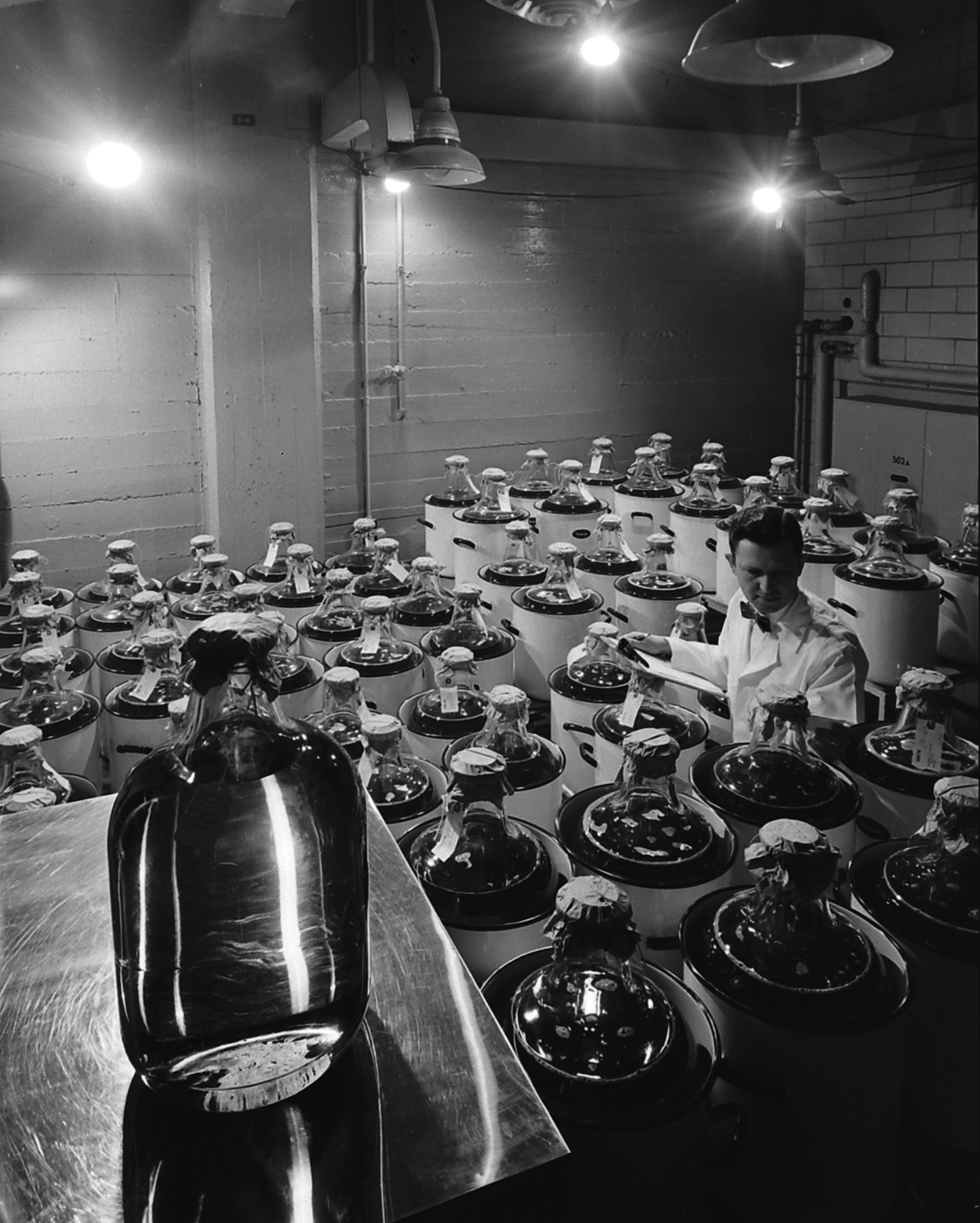
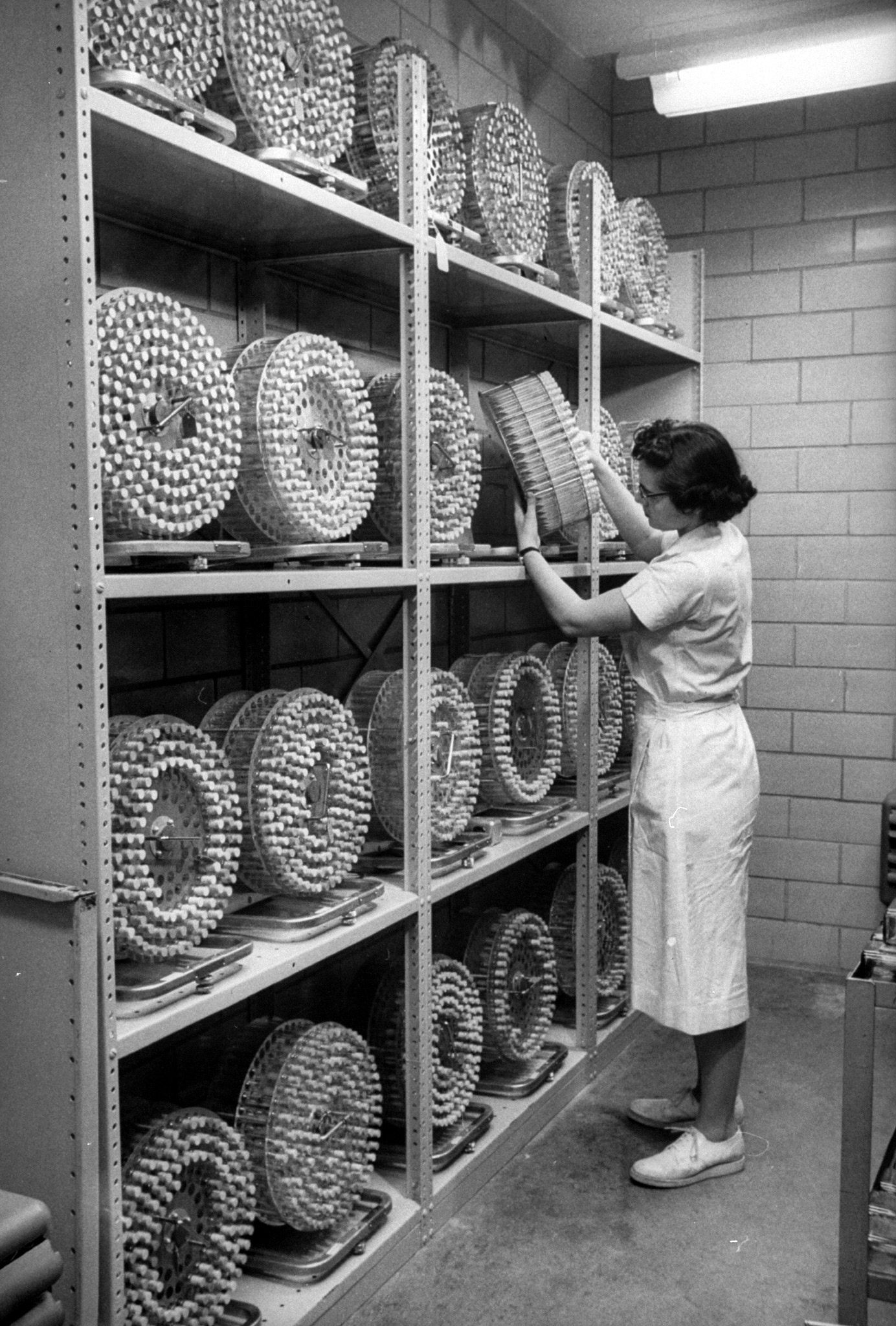
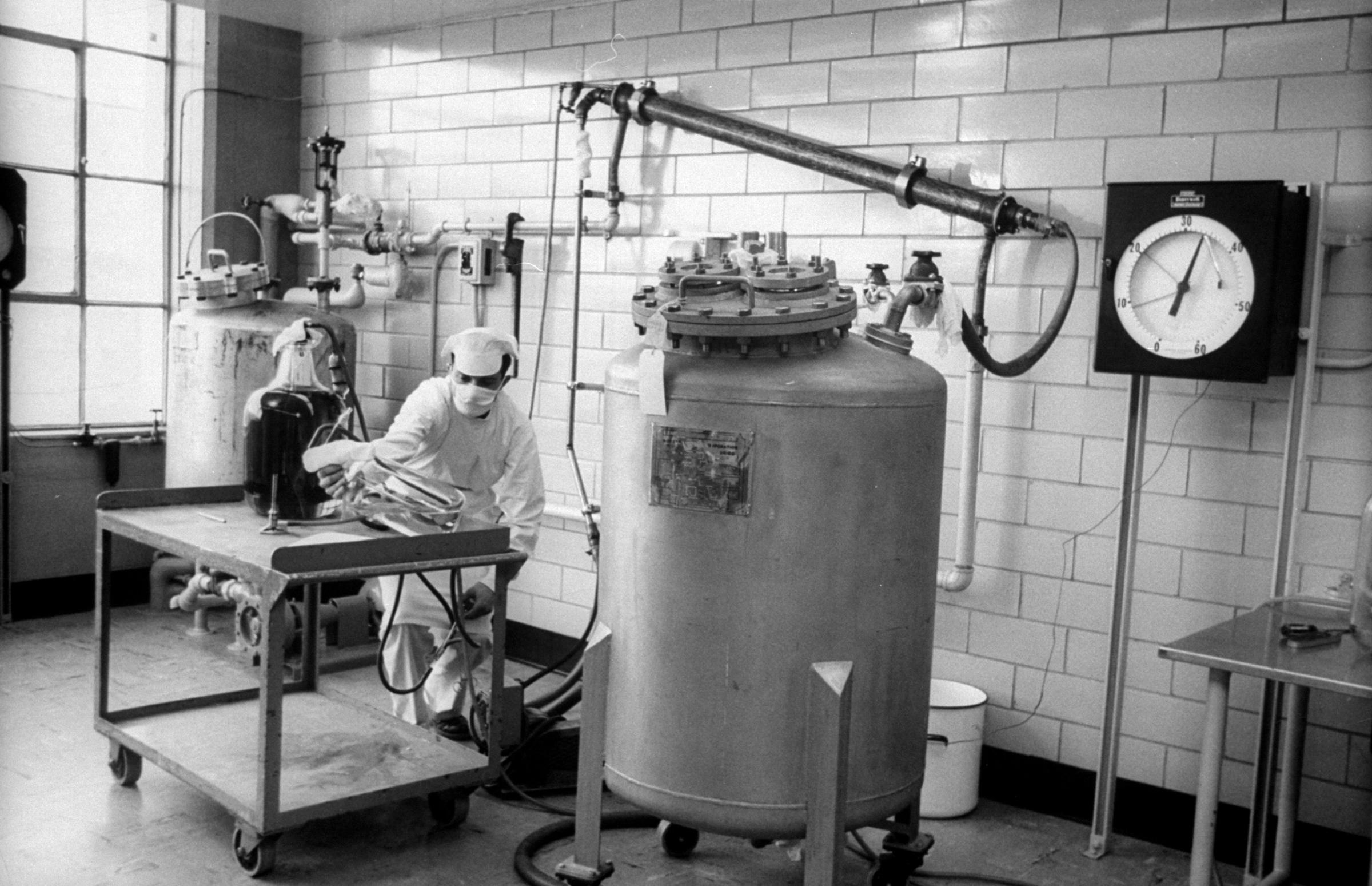
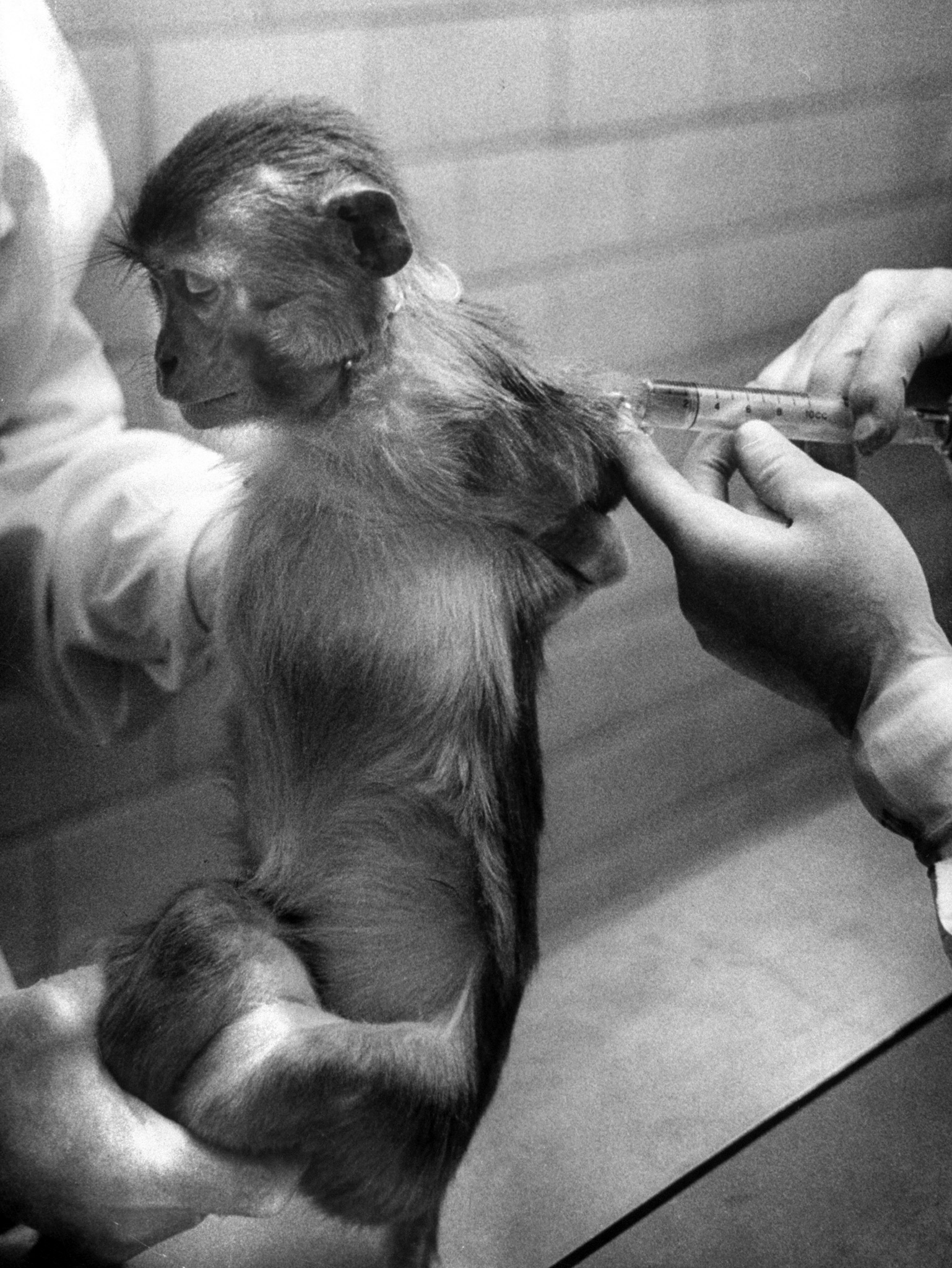
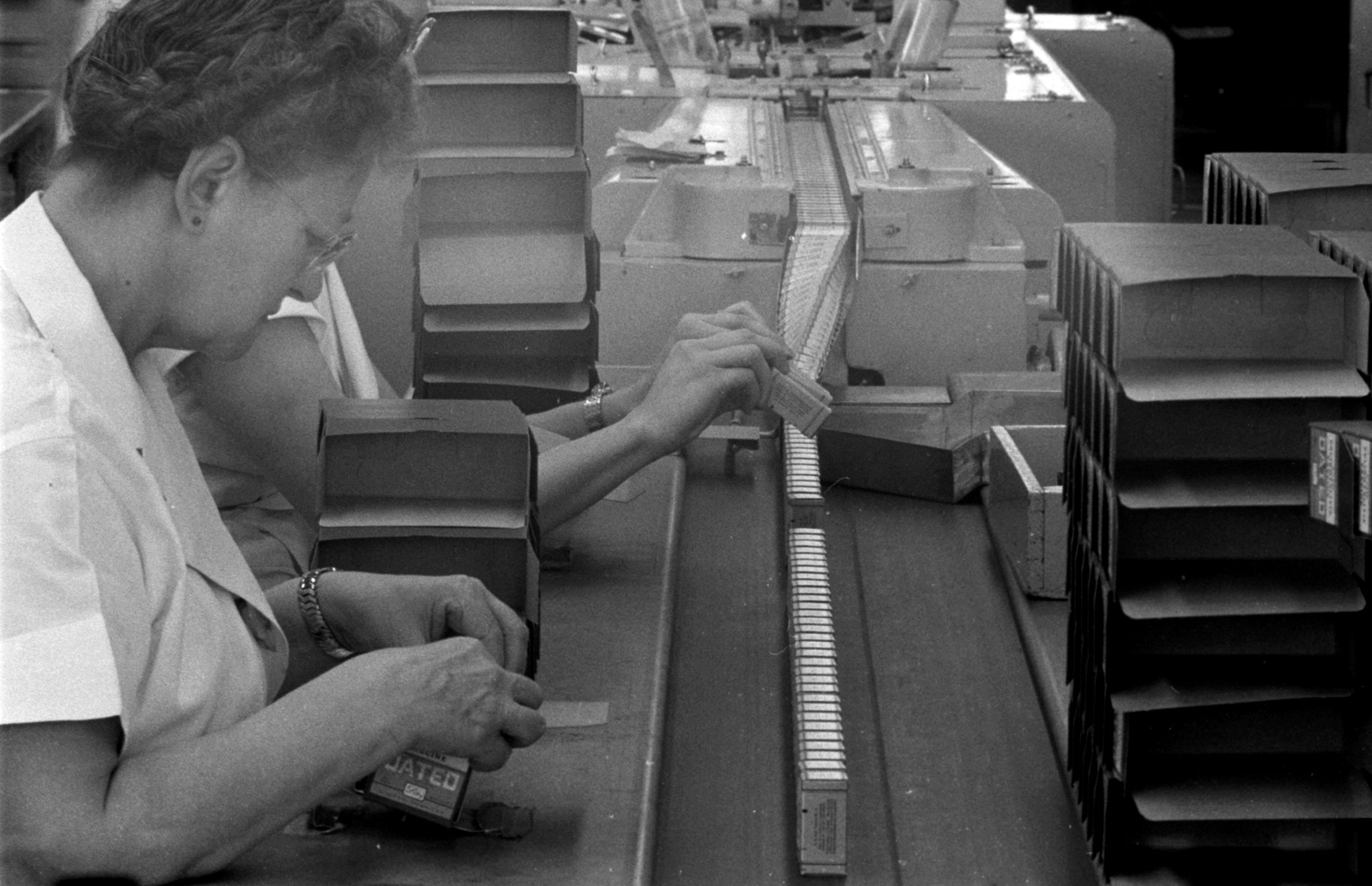
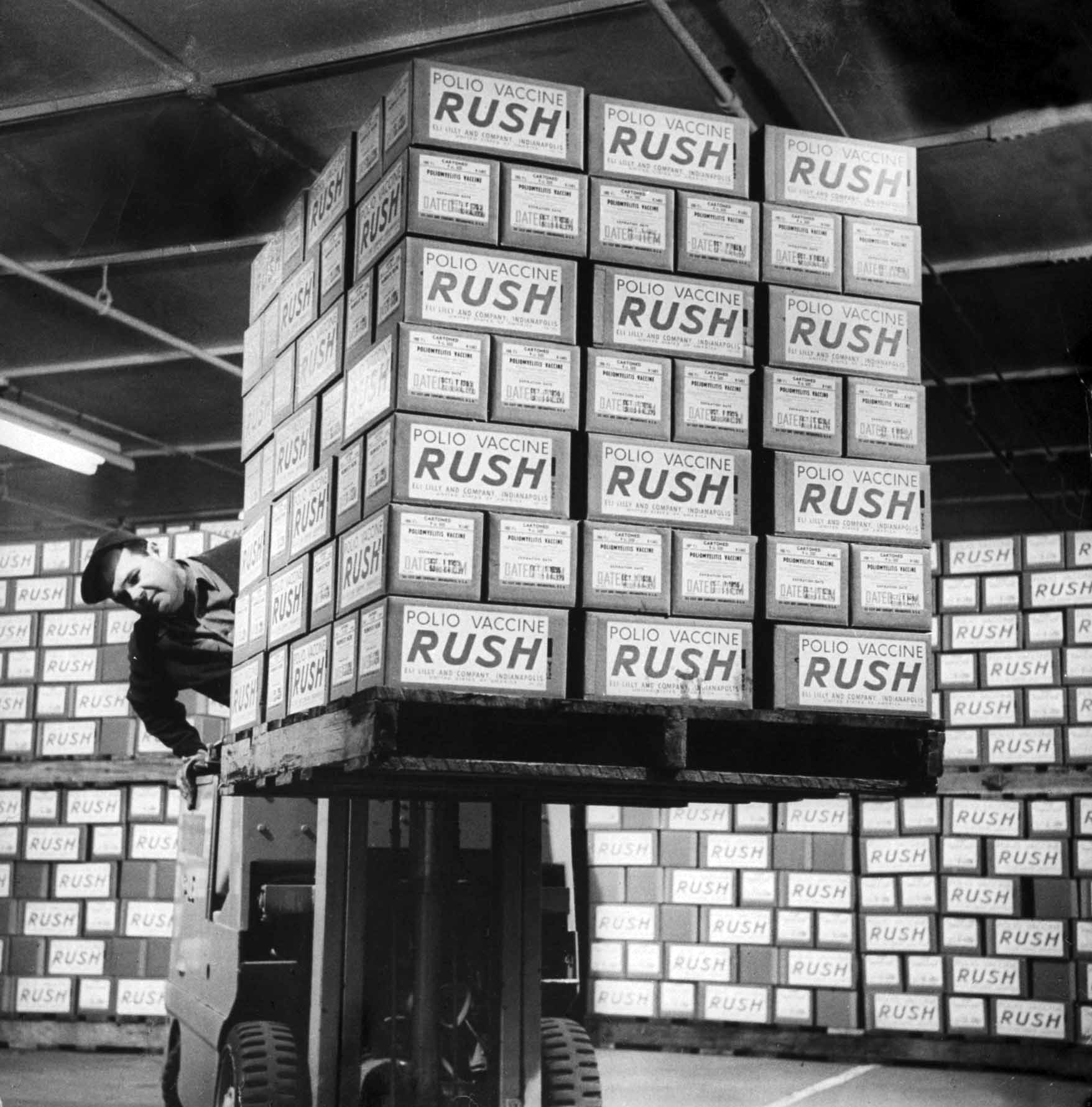
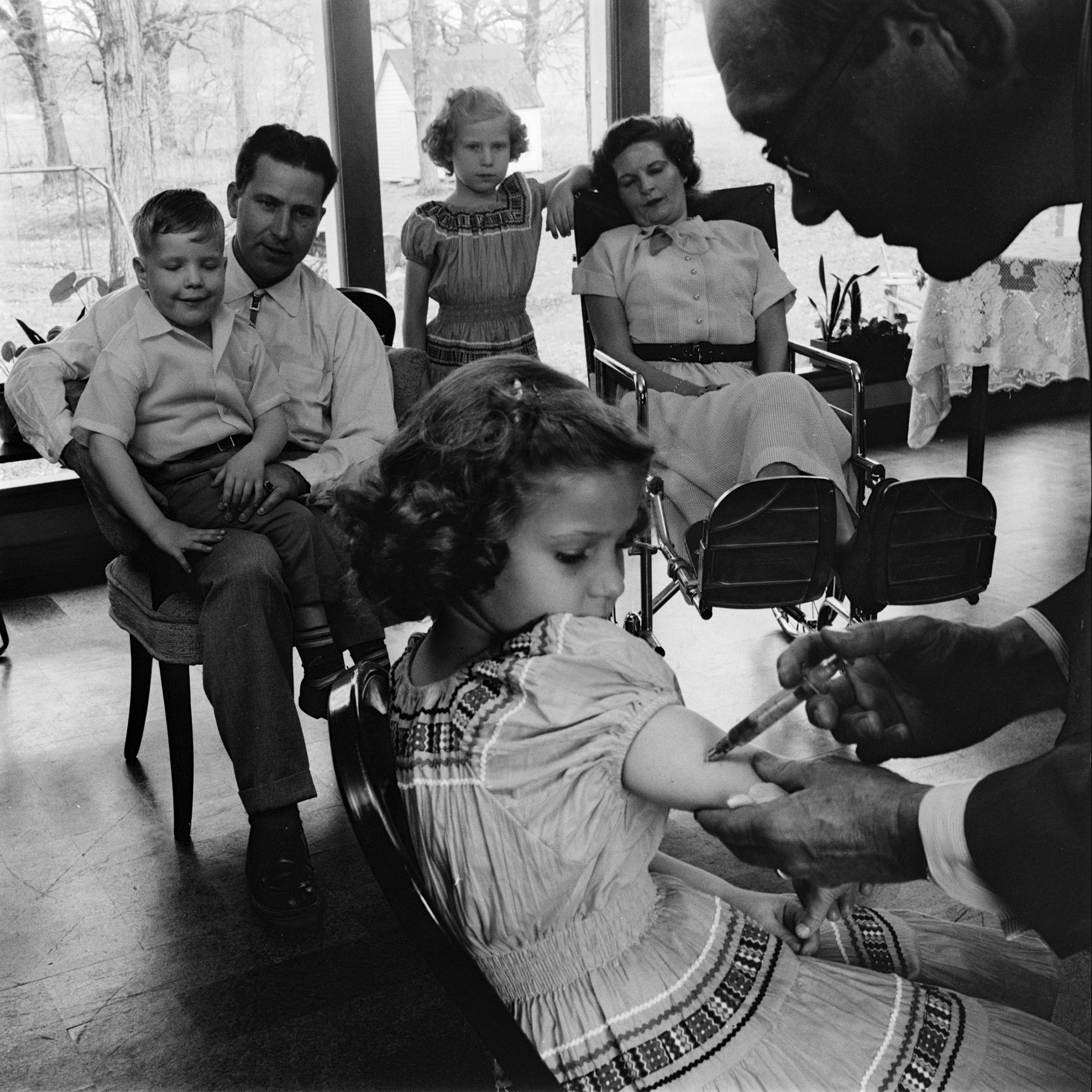
More Must-Reads from TIME
- Cybersecurity Experts Are Sounding the Alarm on DOGE
- Meet the 2025 Women of the Year
- The Harsh Truth About Disability Inclusion
- Why Do More Young Adults Have Cancer?
- Colman Domingo Leads With Radical Love
- How to Get Better at Doing Things Alone
- Michelle Zauner Stares Down the Darkness
Write to Eliza Berman at eliza.berman@time.com